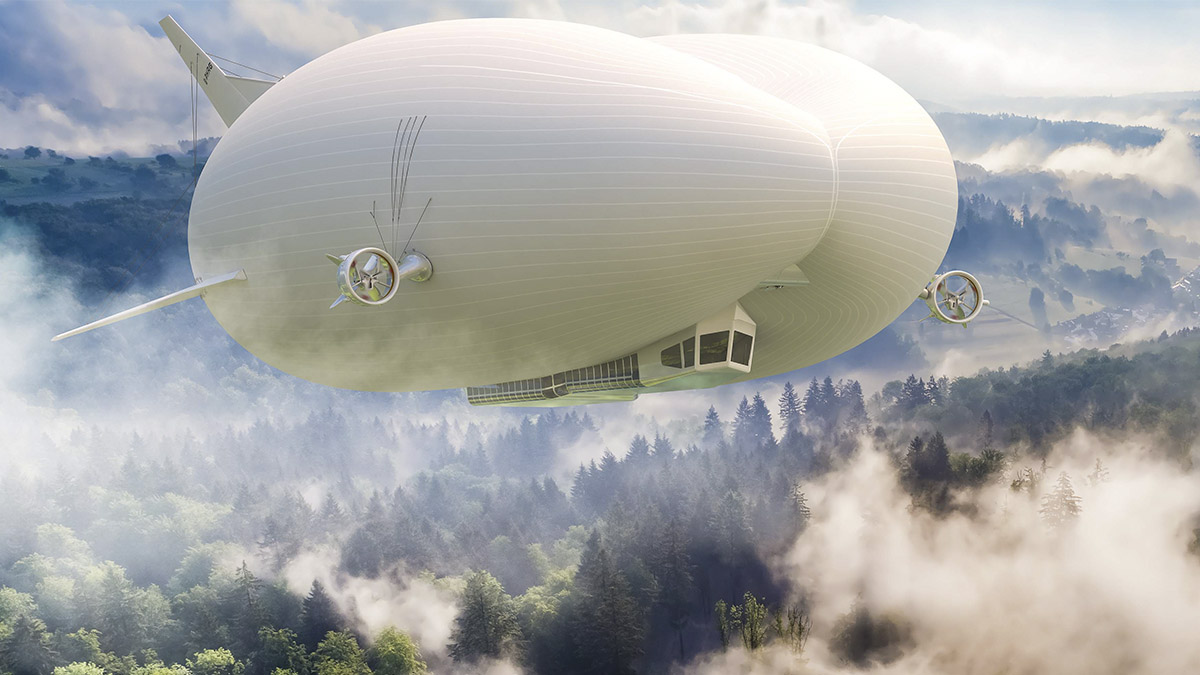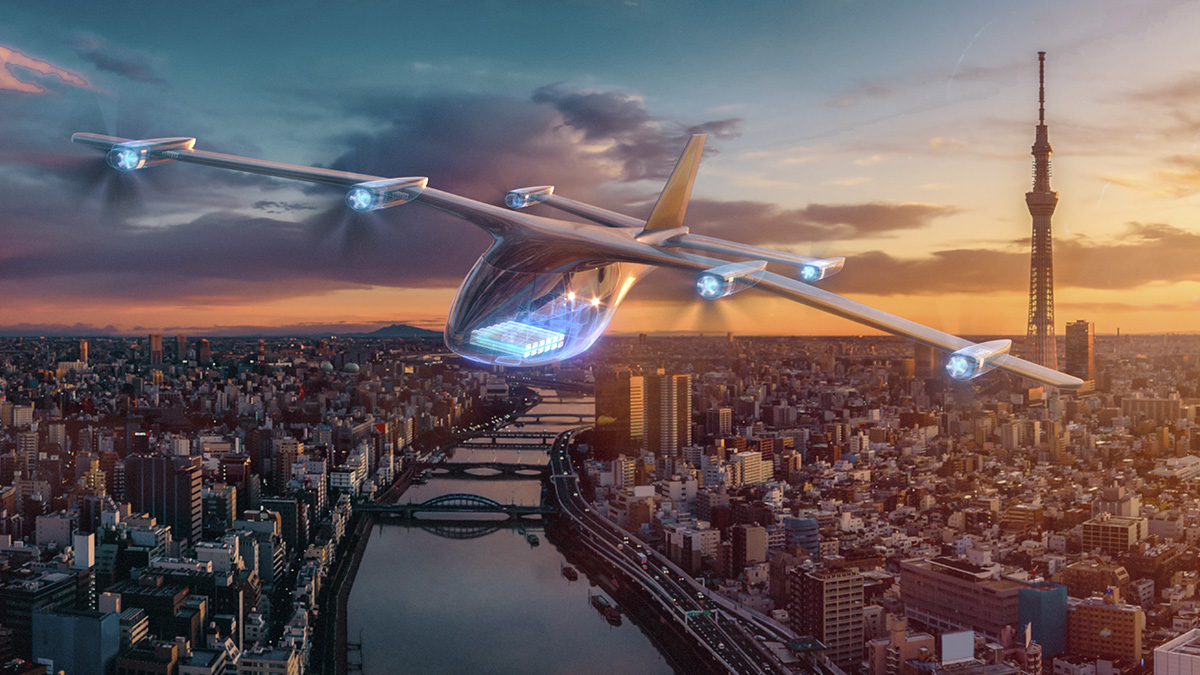Mercedes-Benz: 1,000km on one charge – the future of electric vehicles is just around the corner
BY SIGNE HANSEN | PHOTOS: MERCEDES-BENZ
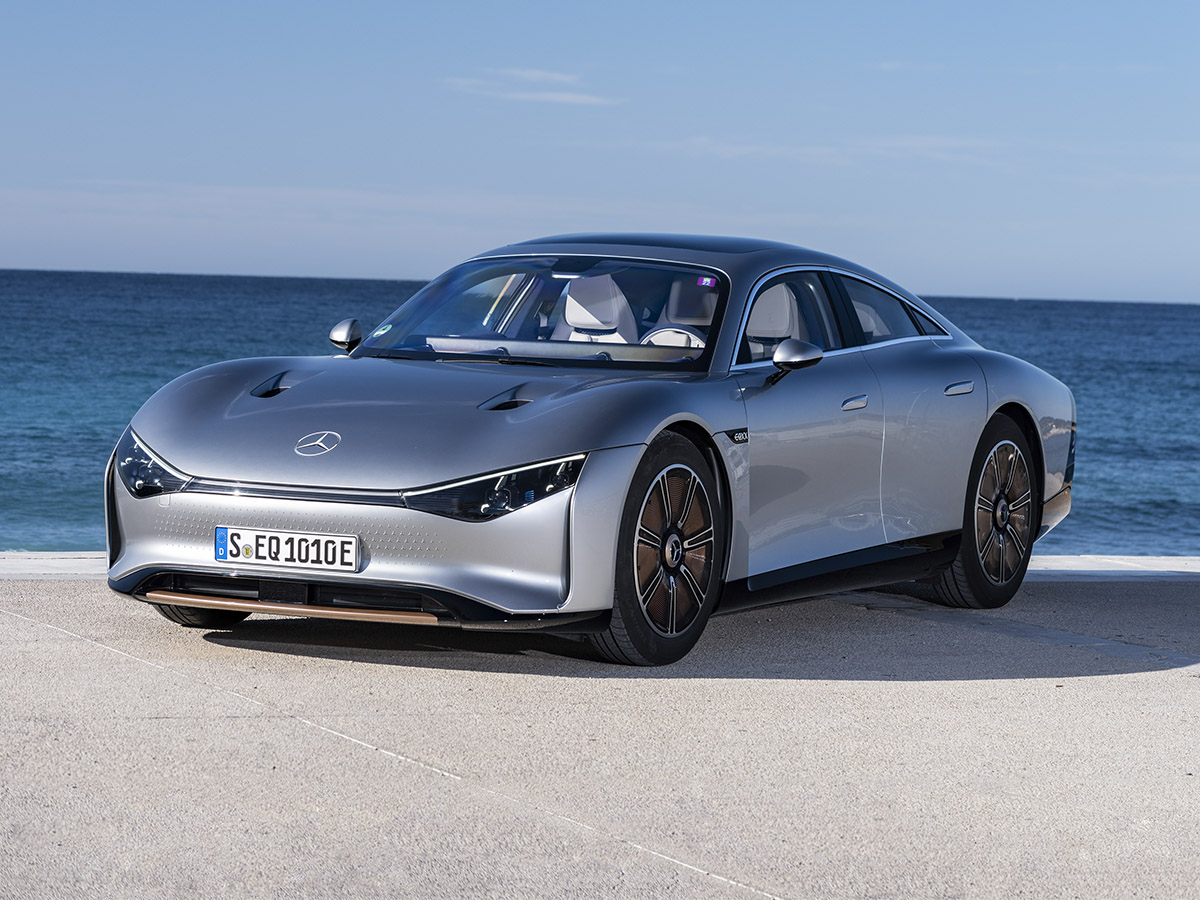
With its one-off concept vehicle, VISION EQXX, Mercedes-Benz has demonstrated how close “the future” is when talking electric vehicles (EVs). Driving a record-breaking 1,000km through southern Europe on one charge, the VISION EQXX and its maker have proven that an ultra-long-range EV may very well be on the roads very soon. Discover CleanTech investigates what the journey might mean for the carmaker’s upcoming ‘entry-luxury level’ electric vehicles.
“We did it!” says Ola Källenius, chairman of the board of management of Mercedes-Benz Group AG. He goes on to explain thtat as the VISION EQXX powered through more than 1,000km on a single battery charge, and with a consumption of only 8.7 kWh/100 km in real-world traffic conditions, it is “the most efficient Mercedes ever built”.
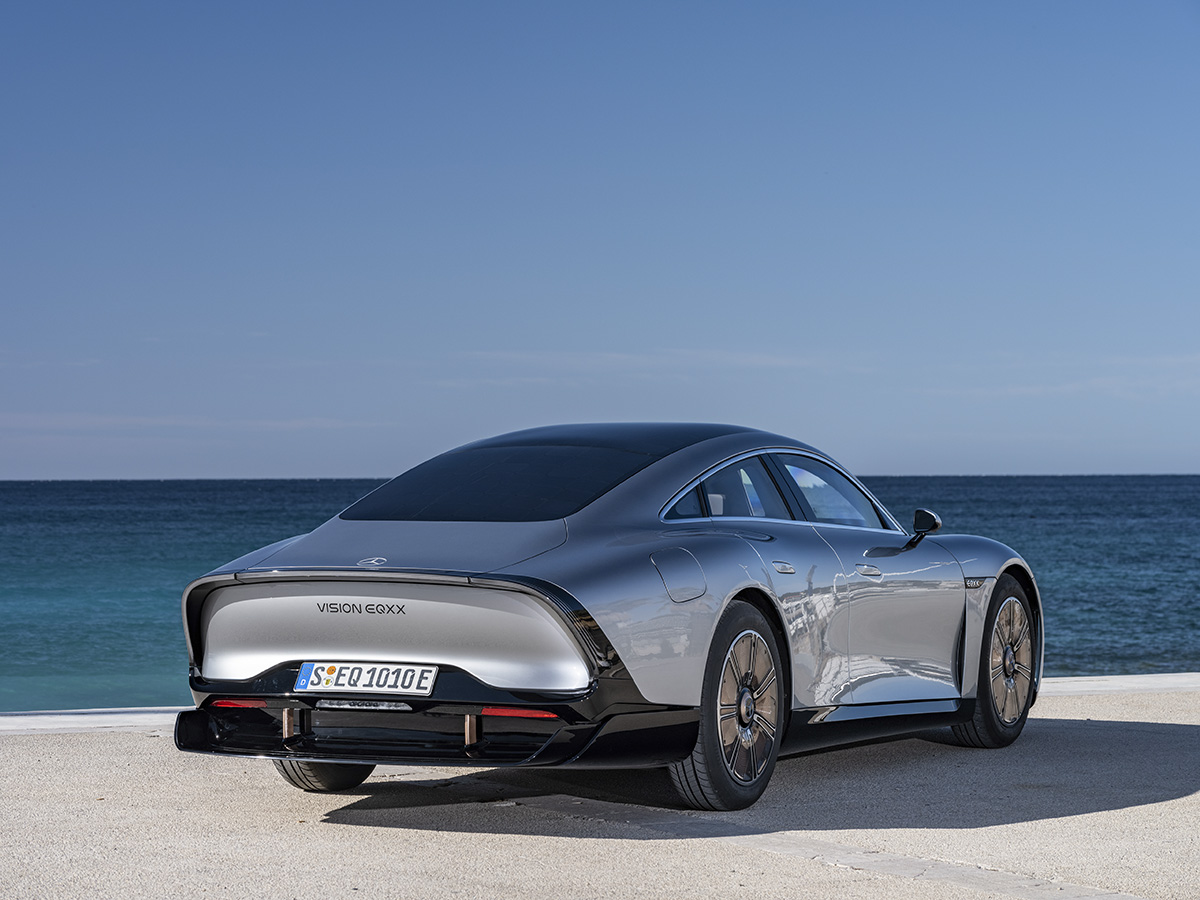
Considering that many EV critics still argue that the limited range of EVs means they will never truly replace combustion vehicles, the achievement of the VISION EQXX is certainly uplifting. Because, even though the vehicle is a research prototype engineered by Mercedes-Benz to “underpin the company’s Lead in EVs”, the company confirms that the technology components will be deployed in its upcoming MMA (Mercedes Modular Architecture) platform for smaller entry-level EVs. Markus Schäfer, chief technology officer responsible for development and purchasing, says: “The VISION EQXX is the result of a comprehensive programme that provides a blueprint for the future of automotive engineering. Many of the innovative developments are already being integrated into production, some of them in the next generation of modular architecture for compact and midsize Mercedes-Benz vehicles.”
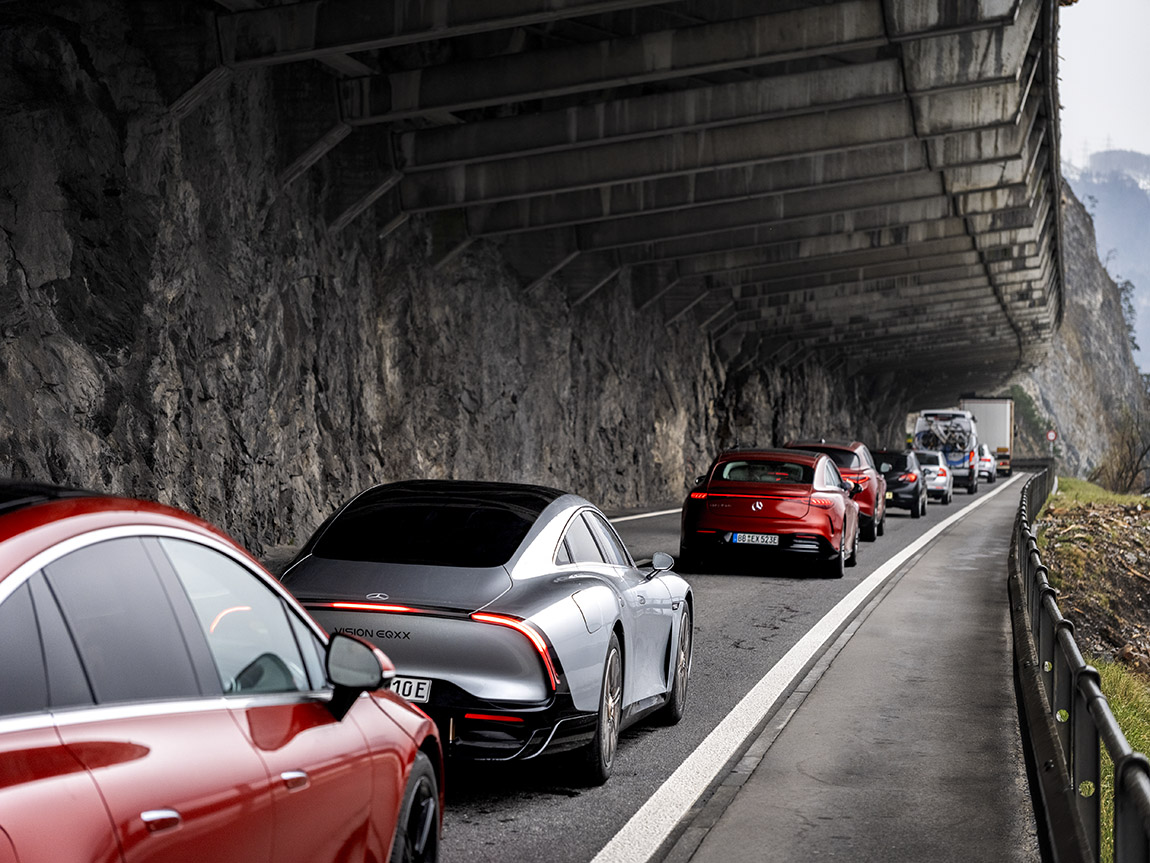
The VISION EQXX achieved more than 1,000km with a single battery charge in real everyday traffic.
“Mercedes-Benz has a clear roadmap on how to become carbon-neutral. By 2030, we want to reach the half-way mark. In order to make faster progress in protecting the climate, we need maximum dedication and more collaboration among governments, companies and society as a whole.”
Top aerodynamics
Travelling from its home in Sindelfingen, Germany, across the Swiss Alps and Northern Italy, to its destination on the Côte d’Azur, France, the VISION EQXX’s journey was undertaken at regular road speeds, including prolonged fast-lane cruising at up to 140 km/h on the German autobahn.
The route profile – from motorway to mountain passes, including roadworks – and the changing weather conditions helped document the effect of the VISION EQXX’s many efficiency measures. For instance, the gentle headwind in some sections was mitigated by the car’s low drag coefficient value of 0.17, giving the wind virtually nothing to grab hold of. It is a feature that its creators are rightfully proud of, something which is reflected in the loving detail with which it is described as a “result of the intelligent interaction of many individual measures, starting with the basic shape of the body, cradling the smooth-surfaced dome of the greenhouse as it flows elegantly like a water droplet towards the rear”.
Equally beneficial to the aerodynamics are the small frontal area of 2.12m² and the reduced rear track. Because this is 50mm narrower than at the front, the rear wheels roll in the slipstream of the front wheels. Noticeably, the car also has a double rear diffuser which automatically drops at 60 km/h, to provide better airflow and reduce drag.

The VISION EQXX’s software-driven approach is the key to its success in achieving efficiency targets and a fast development process, including a sophisticated battery management system.
Lightweight but powerful
In a mountainous landscape like that of France and Italy, the VISION EQXX also scores significant sustainable points with its lightweight design of only 1,755kg, allowing it to save significant energy uphill. The measures implemented to achieve the savings include everything from the materials used to innovative bionic structures that deliver a favourable power-to-weight ratio. One example of this is the sustainable carbon-fibre-sugar composite material used for the upper part of the battery, which is also used in Formula 1. Another is the BIONEQXXTM rear floor, manufactured using an aluminium casting process. The light metal structural component replaces a much heavier assembly of several interconnected parts. It has gaps in places where structural strength is not required, thus saving material. This innovative design approach results in a weight saving of up to 20 per cent compared to a conventionally manufactured component.
The battery too is designed to reduce weight. At 100 kWh, it has almost the same amount of energy as the battery of Mercedes-Benz’s existing EV the EQS. However, it has 50 per cent less volume and is 30 per cent lighter. The outcome is that the compact battery, measuring just 200 x 126 x 11 cm, is also comparatively light at 495kg and fits in a compact car. The electric drive was developed in cooperation with the experts from Mercedes-AMG Petronas F1 Team.

Solar power
While the VISION EQXX is designed to reduce energy consumption from within in every possible way, the prototype vehicle also packs a few tricks to take advantage of external features to recharge its battery.
When going downhill, the vehicle recuperates braking energy to regenerate its energy reserves. It can use the recuperation effect on any type of gradient and during every braking manoeuvre.
While some sort of recuperation technology is integrated in most EVs, another, a, for now, less common source of extra energy for the VISION EQXX, is the sun. With a fixed solar roof with 117 solar cells, the 12-volt battery, which supplies power to auxiliary consumers such as the navigation system, is automatically recharged while driving. The added value is measurable through the load this removes from the high-voltage battery, displayed by the onboard computer. Overall, the solar booster increases the range by more than two per cent, which adds up to a good 25km on a journey of over 1,000km.
Thanks to the many efficiency-enhancing measures of the VISION EQXX, it ended its 1,008km road trip with a remaining range of around 140km.
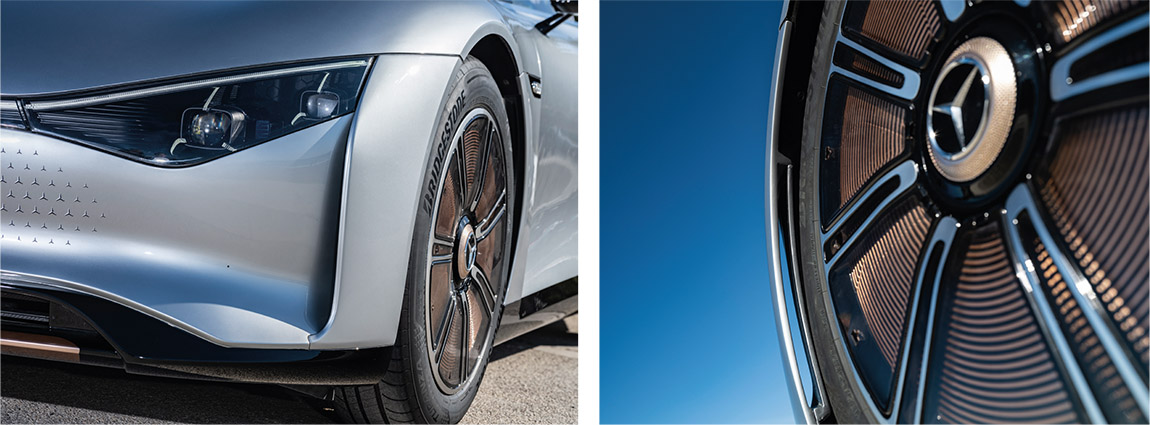
The range of EVs is in no way all about the batteries. VISION EQXX gains significant efficiency benefits from its tyres, developed specifically for the VISION EQXX by Bridgestone, the world’s largest tyre and rubber company. With their extremely low rolling-resistance rating of 4.7. (the current EU tyre label requires a figure of 6.5 for the top rating in Class A.), the specialist Turanza Eco tyres combine two innovative Bridgestone technologies that enable a higher range: ENLITEN technology reduces both rolling resistance and weight by up to 20 per cent. The ologic technology reduces tyre deformation while driving, in part through a more tensioned belt section.
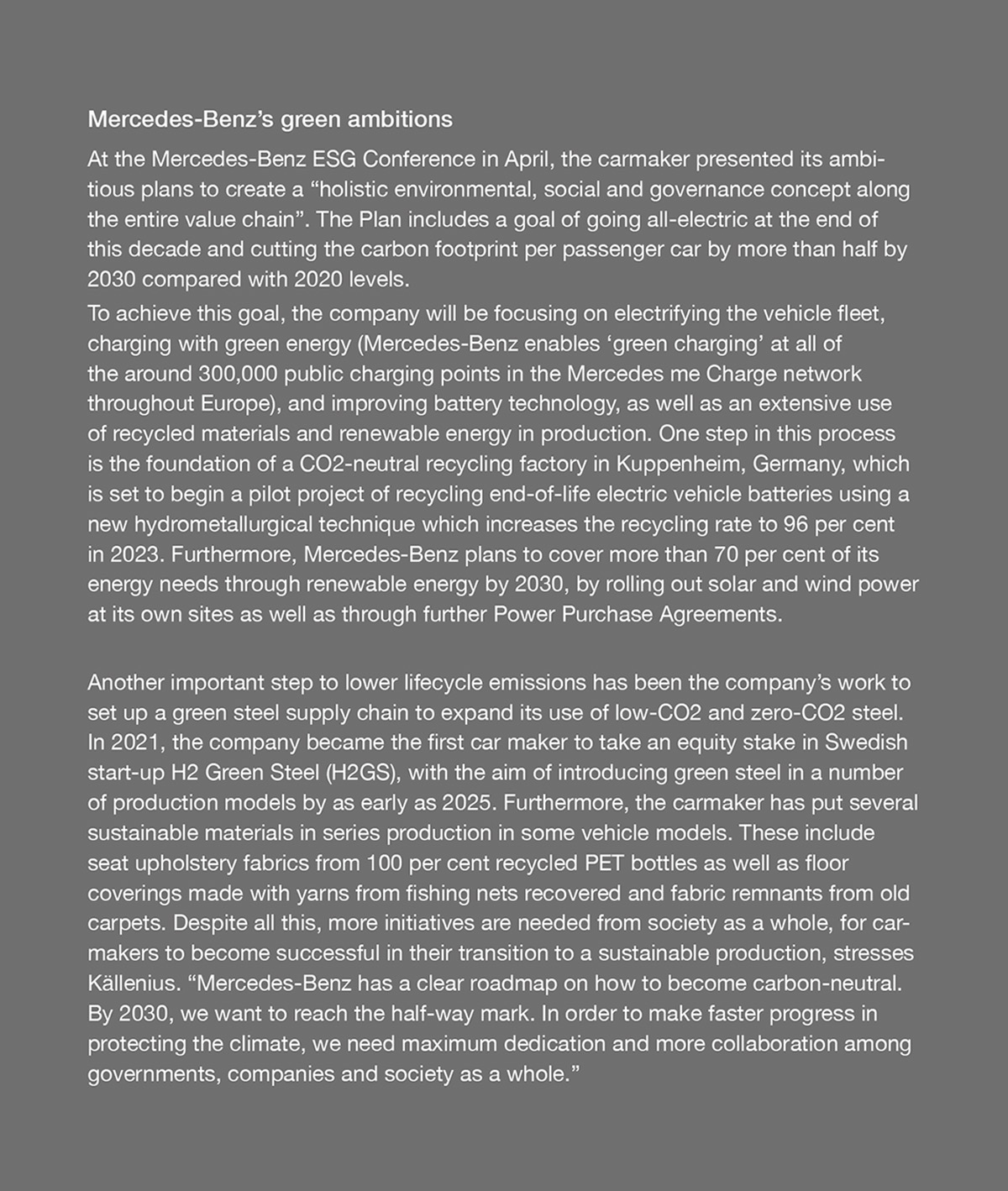
What the VISION EQXX means for the future of Mercedes-Benz electric vehicles
With an ambitious aim to achieve up to 50 per cent share of plug-in hybrid and battery EVs by 2025 on the way toward going all-electric by 2030 (where allowed by market conditions), Mercedes-EQ, the electric mobility brand of Mercedes-Benz, has been expanding its portfolio rapidly over recent years. The portfolio already includes six all-electric models, the EQA, the EQB, and the EQC (WLTP: combined electrical consumption: 25-21,3 kWh/100 km; combined CO2 emissions: 0 g/km); the EQS, and the EQE 350+ (WLTP: combined electrical consumption: 18,7-15,9 kWh/100 km, combined CO2 emissions: 0 g/100 km) as well as the EQV. This year will also see the launch of EQS SUV, the EQE SUV, and the EQT.
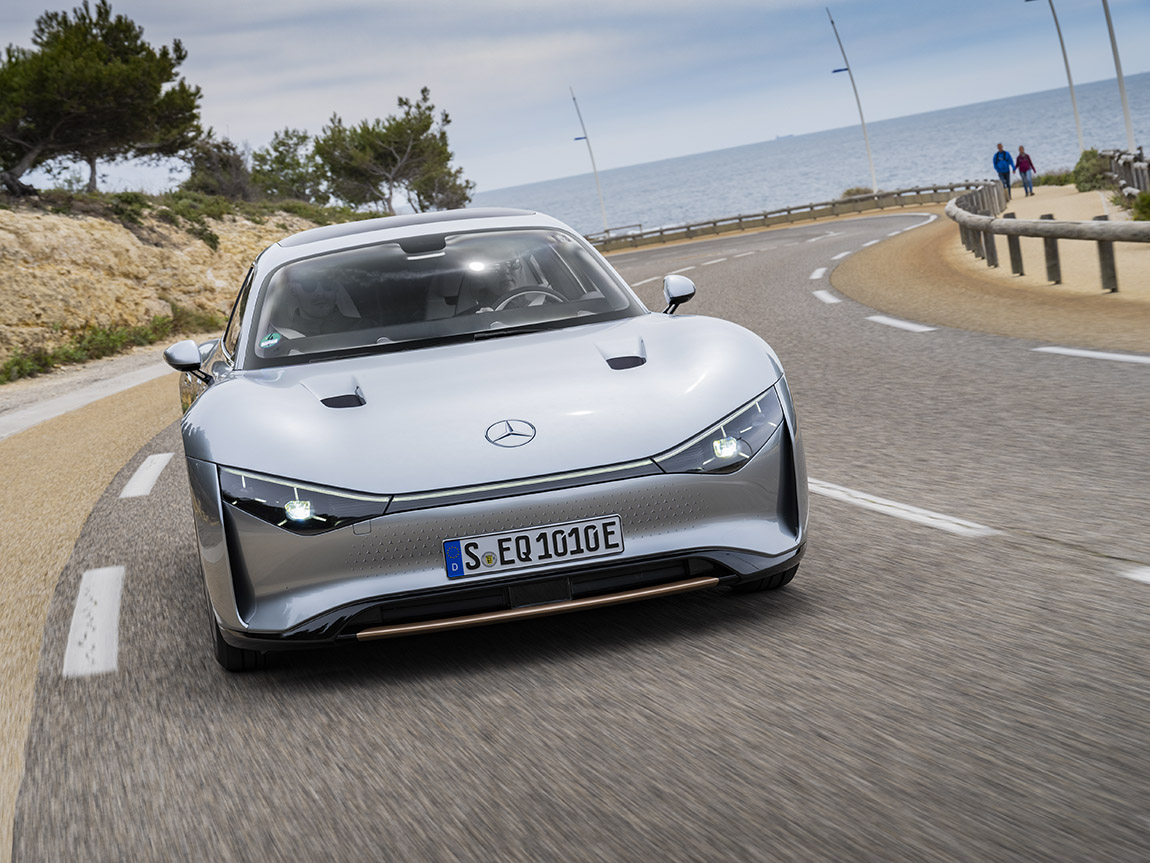
The VISION EQXX’s ultra-thin roof panels feed the battery system and provide up to 25km of additional range.
However, in 2024, the company plans to expand its offering even further by introducing the Mercedes Modular Architecture, its platform for a range of ‘entry-luxury level’ electric vehicles. This would be an addition to the Mercedes Electric Architecture platform which underpins the production of its existing six medium to larger EVs
The vehicles from the MMA platform will be based on Mercedes-Benz’s internally developed operating system MB.OS, which will become the basis for all future Mercedes-Benz vehicles as a unique and standard software platform. The MB.OS operating system will link the vehicles with the cloud and the IoT, and comprise four central domains: Powertrain, Autonomous Driving, Infotainment and Body and Comfort Systems. Schäfer says: “They will feature many innovations that stem from the tech programme behind the Vision EQXX. As part of this, we are refocusing our portfolio and reducing at the same time, complexity. We aim to achieve this with a smaller number of alternatives. Instead of seven, we plan to offer four models in this segment.”
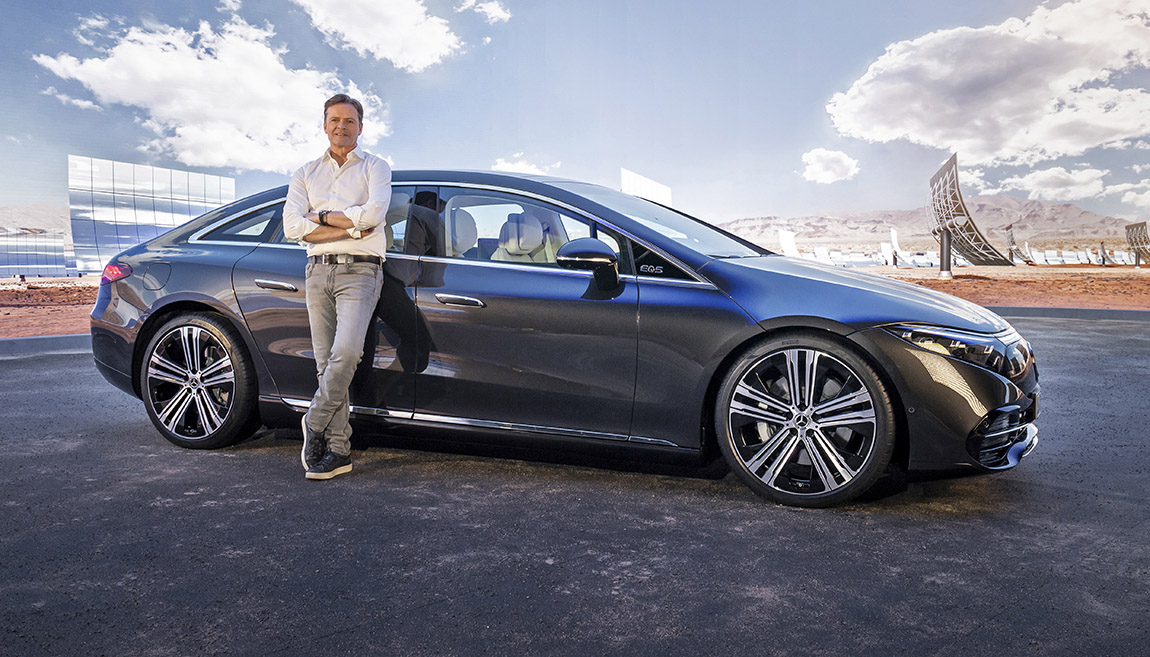
Mercedes-Benz’s latest luxury-class electric vehicles, the EQS, has a range of up to 770km (WLTP), a powertrain output of up to 385 kW and charge in approx. 31 minutes. Here seen with Markus Schäfer, chief technology officer responsible for development and purchasing.
Subscribe to Our Newsletter
Receive our monthly newsletter by email


